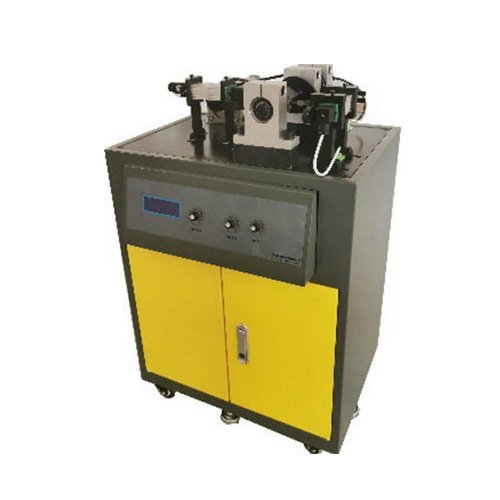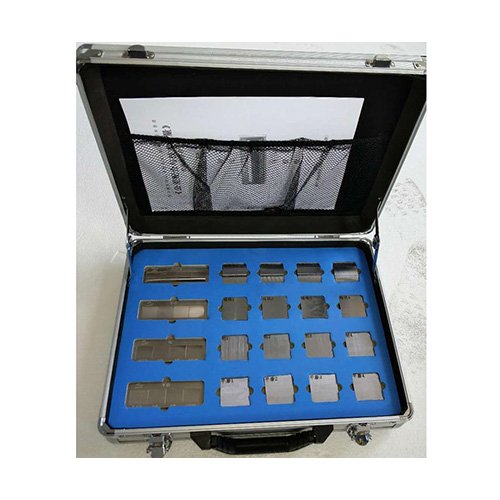- Automobile training equipment series
- Electrical and electronic teaching equipment
- Elevator training series
- Fitter training equipment
- Fluid mechanics experimental equipment
- Hydraulic and pneumatic test bench
- Mechanical teaching equipment
- Robotic automation and mechatronics series
- Welding training equipment
1. Main Parameters
This equipment is primarily used for sliding bearing experimental teaching. It uses sensors to measure oil film pressure, thickness, and bearing friction. Computer processing is used to collect the oil film pressure and distribution at each point in real time. After analysis and processing, a curve is plotted. 1) Test bearing: Inner diameter d = 60mm, length L = 110mm;
2) Load range: 0-1000N (100kg);
3) Friction force sensor range: ≥50N (5kg);
4) Pressure sensor range: 0-0.6MPa;
5) Load sensor range: approximately 1000N (100kg);
6) Spindle speed range: ≥2-400rpm, speed measurement accuracy: ±1 rpm;
7) Motor power: ≥160W;
8) Dimensions: 480×420×390mm;
9) Weight: approximately 28kg. 10) Supporting educational content: A cultural wall display (fabric materials are not permitted). Display content includes: radial plain bearings, thrust plain bearings, and types including integral, split, and self-aligning types. A simplified structural diagram (with a textual description of the structure) and the key features of each type of plain bearing must be included. Each item must include a mounting method, a color diagram, illustrations, structural features, and applications. The display must be no smaller than 500 x 700 mm and must be framed with a backing plate and a light-transmitting outer surface (such as acrylic). The overall appearance must be crisp and elegant, and the outer frame must be made of aluminum alloy. (Color originals meeting these requirements must be provided in the bid.)
2. Software Functionality
It can test and simulate the circumferential distribution of oil film pressure in plain bearings; test and analyze the axial distribution of oil film pressure in hydrodynamic bearings; determine the friction characteristic curve of plain bearings; determine the minimum oil film thickness and deflection angle of plain bearings using a dual-point positioning measurement method; and simulate the motion of hydrodynamic bearings. 3. Equipment Functions
1) Determine the friction characteristic curve of a hydrodynamic bearing, understand the measurement methods for friction systems, speed, and other data; and record experimental data displayed by the tester and pressure gauge.
2) Determine and plot the radial oil film pressure distribution curve, load capacity curve, and friction characteristic curve of the sliding bearing. Understand the measurement methods for the friction coefficient f of radial sliding bearings and the methods for plotting the friction characteristic curve.
3) Observe the formation process and friction state of hydrodynamic lubrication in radial sliding bearings, observe the axial oil film pressure distribution in radial sliding bearings, and observe the changes in oil film pressure or oil film thickness when load and speed change.
4) Test and analyze the radial distribution of oil film pressure in hydrodynamic bearings.
5) Test and analyze the axial distribution of oil film pressure in hydrodynamic bearings.
6) Determine other important parameters of hydrodynamic bearing experiments, such as bearing average pressure, bearing PV value, eccentricity, minimum oil film thickness, sliding bearing motion simulation, and oil film temperature.






